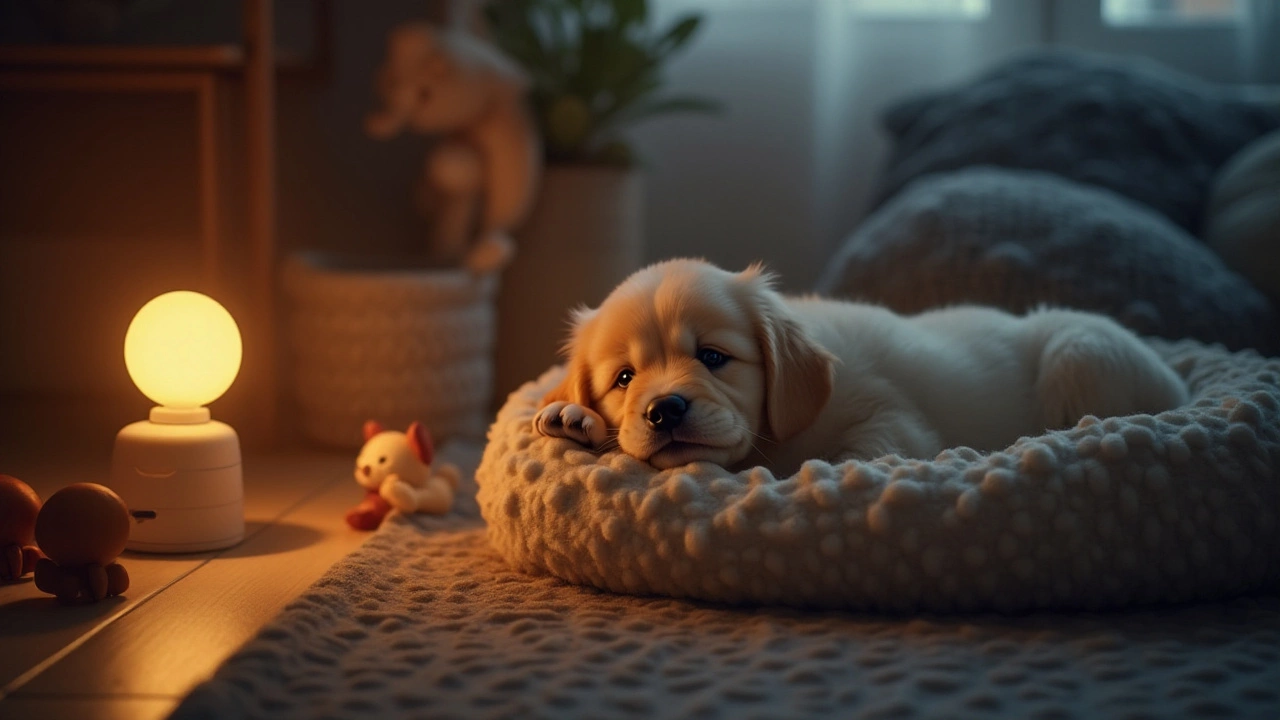Night Routine Essentials for Dogs, Cats and Puppies
Getting a pet to settle down at night can feel like a mystery, but it doesn’t have to be. A few easy steps—like a set feeding time, a calm pre‑sleep cue, and the right lighting—can turn chaos into calm. Below you’ll find a quick guide you can start using tonight.
Set a Predictable Feeding Schedule
Most pets thrive on routine, especially when it comes to food. Feed your dog its last meal about two hours before bedtime. This gives the stomach time to digest and reduces the chance of late‑night bathroom trips. For cats, a small snack right before you turn off the lights can help them feel satisfied without waking you up. Puppies need a slightly earlier feed; aim for a light bite before their crate time so they’re not hungry but still have enough energy to settle.
Create a Calm Pre‑Sleep Cue
Pick a short activity that signals “night is coming.” It could be a gentle brush‑down, a brief walk around the yard, or simply turning off the TV and dimming the lights. Consistency is key—do the same thing every evening and your pet will start to associate it with sleep. If you have a puppy, try the “crate door shut” routine from our “Puppy Crate Training” guide: close the door, give a calm voice, and let them settle.
Lighting matters, too. Some dogs feel safer with a night‑light on, while others prefer total darkness. Test both options and watch your dog’s reaction. If your dog seems anxious when the room is pitch black, leave a low‑glow light on—just not bright enough to keep them awake.
For cats, a night‑light can help them navigate the house without bumping into furniture, reducing midnight scurries. A small LED strip under a shelf works well and won’t disturb your sleep.
Remember the “puppy bedtime” tip: aim for a regular bedtime, like 9 pm, and stick to it. A consistent sleep schedule helps puppies develop a natural circadian rhythm, leading to fewer night‑time cries.
Once your pet is settled, avoid late‑night play. Dogs love a quick fetch before bed, but keep it short—five minutes max—so they’re tired, not wired. Cats enjoy a gentle feather wand session, then a calm petting session before you turn off the lights.
If your dog still wakes up to go out, check the water bowl. Fresh water should be available, but too much water right before bed can cause extra trips. A small bowl placed away from the sleeping area works well.
Lastly, keep the bedroom temperature comfy—around 68‑72°F (20‑22°C). Overly warm rooms can make pets restless, while a chilly room might cause shivering.
Implement these steps tonight and you’ll likely notice a smoother, quieter bedtime for both you and your furry friend.
Posted By Bryndle Redding On 2 Jan 2025 Comments (0)
Do Puppies Need Darkness to Sleep? A Pet Owner's Guide
Understanding whether puppies should sleep in the dark is essential for new pet owners. Puppies have unique sleep requirements, and the presence or absence of light can impact their sleep quality. This guide explores how light affects puppy sleep, tips for creating an ideal sleep environment, and debunks common myths surrounding puppy sleep habits. The right approach ensures your puppy gets the restful sleep it needs for healthy development.
READ MORE